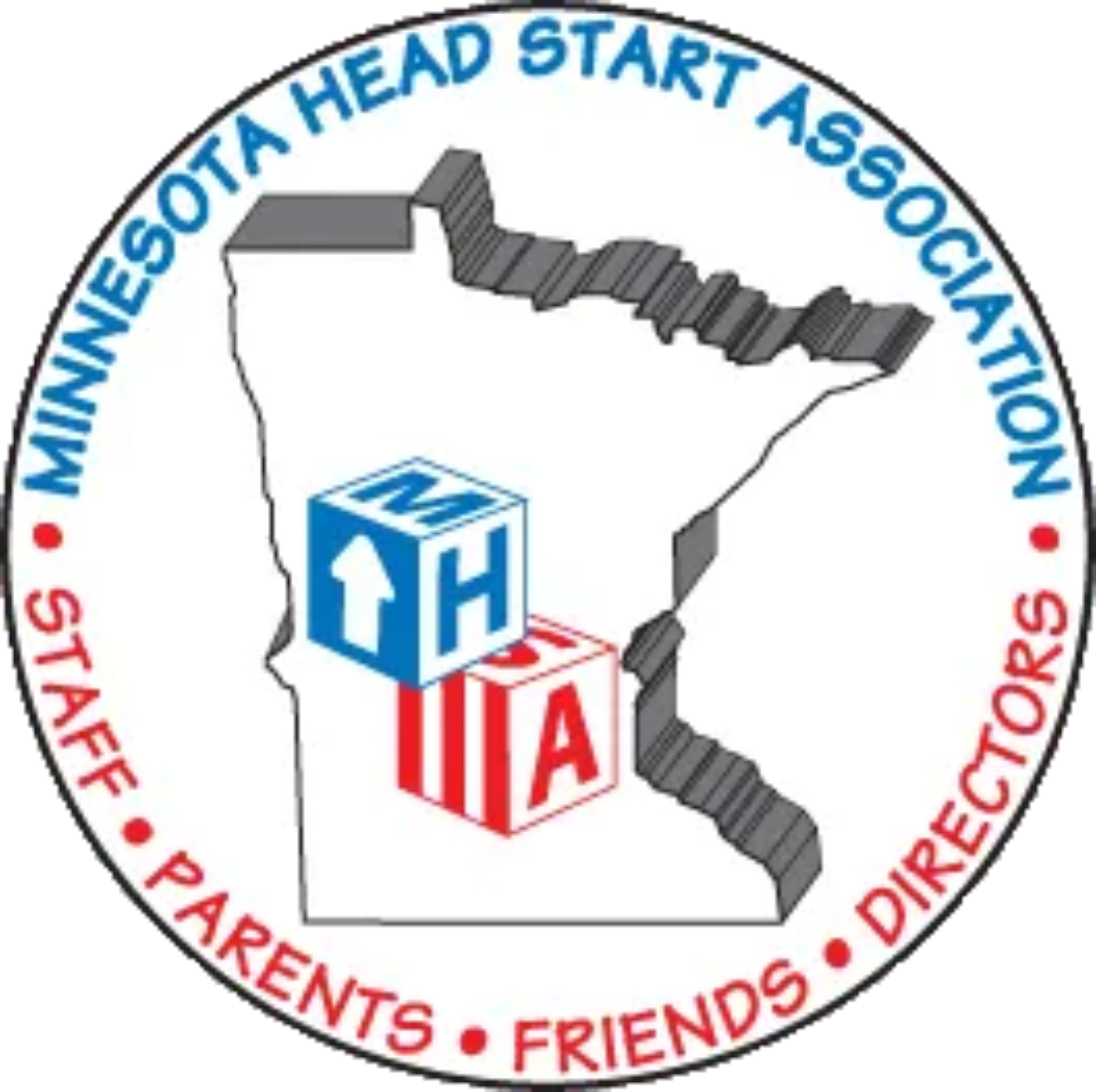Volume 7 - Number 7
(This column originally appeared in print in the Minnesota Spokesman-Recorder on March 19, 2020)
There is no simple explanation for why Minnesota’s cash benefit (MFIP) has been frozen in place for more than three decades, though advocacy groups for the poor say they have been kept on the defensive by shifting public attitudes toward welfare recipients and a barrage of proposals to cut or even dismantle the program.
— Chris Serres
The 40th president of the United States, the late Ronald Reagan, once famously said, “Welfare’s purpose should be to eliminate, as far as possible, the need for its own existence.” That’s a wonderful sentiment and one that I suppose many, regardless of their political leanings, would likely get behind.
Helping to lift individuals and families out of poverty so that they no longer need the social services of the State—that sounds like a novel idea.
There are scores of agencies around the nation, such as the one I lead for example, that are specifically designed to give low-income citizens the tools to overcome their current economic circumstances and chart a course toward financial independence. The fact is that these organizations, including the 1,000 or so Community Action agencies throughout America, are successful in helping many rise from the ranks of the poor.
Yet there are very tangible reasons why we, collectively, are unable to help tens of millions more escape the clutches of poverty.
First, let’s identify some of those aforementioned tools that can help foster economic empowerment. The opportunity to receive a quality education comes to mind. As do living wage employment, affordable housing, and access to health care.
Adequate transportation is also important, as are a number of other things including child care, access to nutritious foods, and the ability to establish and build assets. And therein lies an enormous part of the problem: By and large, America doesn’t adequately invest in those things, at least not anymore.
So sure, while it would be fantastic for a sufficient (and equally efficient) welfare strategy to eliminate its own need, there remain far too many obstacles to effectively make that happen.
It was another presidential administration that significantly gutted welfare in the form of the Personal Responsibility and Work Opportunity Act of 1996, or what is commonly known as “welfare to work.” But what good is a job (or two or three for that matter) if it still doesn’t bring in enough money to pay the rent and utilities, put food on the table, access quality child care, or afford a reliable automobile?
The truth is, there are not enough living wage jobs in this country. There is a dearth of affordable housing, which has resulted in the trend of “mass evictions” in America’s cities.
In many places public schools are in shambles, and more than half a million American families declare bankruptcy each year because they can’t pay their medical bills. And for young people fortunate enough to earn a college degree, they will likely start their adult lives tens of thousands of dollars in debt.
Just last month, many of the families that receive support from the Minnesota Family Investment Program (MFIP) saw their monthly benefits increase by $100 per month. On the surface, that is a much-welcomed occasion.
Unfortunately, the last time MFIP families received a bump in these benefits was actually during the Reagan administration. That was in 1986. Prior to 2020, there have been only two other states (Arizona and Oklahoma) that failed to increase welfare assistance during that same 34-year period.
Moreover, as many have suggested, the monthly boost in Minnesota is far from enough to keep up with mounting rents and other cost-of-living increases. Then comes the kicker: For most of these families, the modest bump in MFIP support will automatically trigger a decrease in their SNAP (Supplemental Nutrition Assistance Program) benefits.
Thus, according to the Minnesota Department of Human Services, a family of three will now see their food support dip by $45 per month, essentially leaving them a net monthly increase of $55.
Fifty-five dollars in 34 years? Is that really the best we can do? Again, it would be fabulous if welfare and all the social service programs in the United States were enough to help foster a fair and equitable society, a society that provided the requisite resources and opportunities for all Americans to forge a path toward self-sufficiency.
But alas, the things needed to make that happen—good jobs, adequate housing, quality education, cost-effective health care, and so on—do not currently exist to the extent we need.
So we must do better. We must find a way to adequately provide for the health and wellness of America’s most vulnerable citizens, including children, seniors, the disabled, and so many more.









